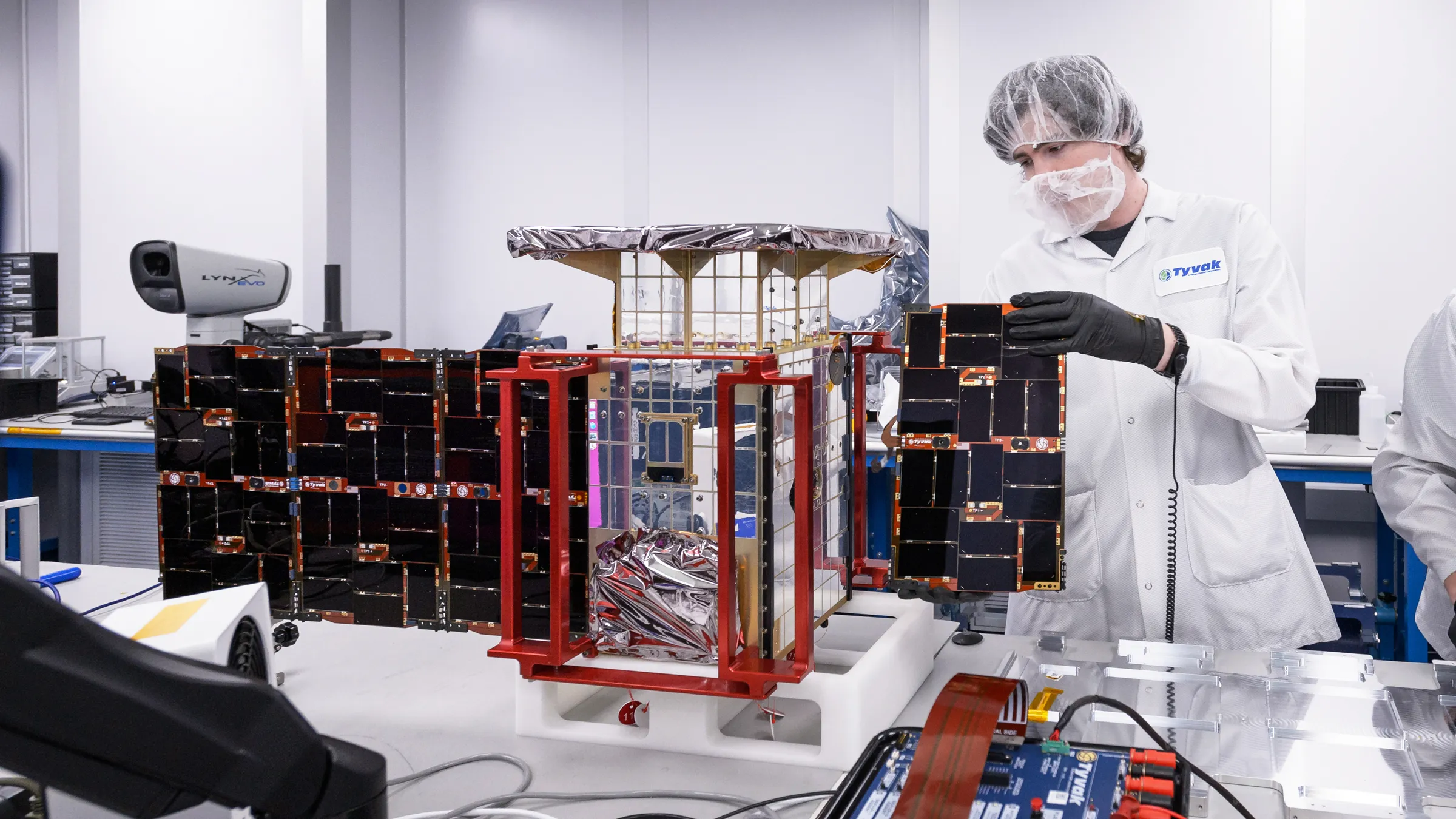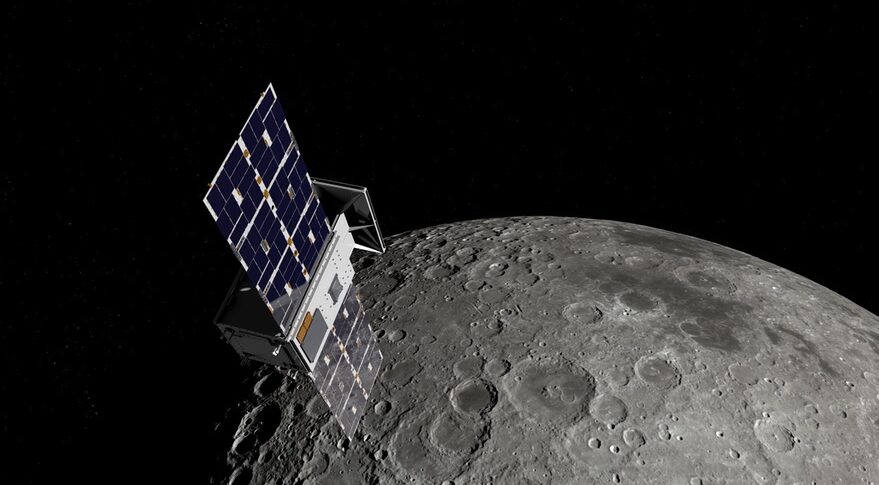A 55-pound CubeSat the size of a microwave oven called CAPSTONE was launched by NASA on Wednesday (25 kg). Cislunar Autonomous Positioning System Technology Operations and Navigation Experiment, often known as CAPSTONE, is a mission intended to evaluate a novel, elliptical lunar orbit.

The satellite is headed toward an orbit designed in the future for Gateway, a Moon-orbiting station that is a part of NASA’s Artemis programme. It was launched on Rocket Lab’s Electron rocket from the Rocket Lab Launch Complex 1 today.
By evaluating cutting-edge navigational technology and confirming the dynamics of the halo-shaped orbit, CAPSTONE, as a pathfinder for Gateway, hopes to lower risk for future missions.
A near-rectilinear halo orbit is the name of the orbit (NRHO). It is greatly extended and situated at the exact place where the gravitational pulls of the Earth and the Moon are balanced. According to NASA’s website, this provides stability for long-term missions like Gateway.
CAPSTONE will enter NRHO at the Moon, where it will pass within 1,600 kilometres of the North Pole on a close approach and 70,000 kilometres of the South Pole on its furthest pass. To analyse dynamics, the spacecraft will repeat the cycle every six and a half days and stay in this orbit for at least six months.
According to NASA, CAPSTONE will acquire expertise with miniaturised dedicated CubeSat missions to destinations like as the Moon and beyond low-Earth orbit.
Currently, the spacecraft is in low-Earth orbit. It is fastened to the Lunar Photon from Rocket Lab.
Source : NASA











